Furnishing a house involves various expenses beyond the purchase of furniture. From essentials to decor, expenses add up. We will break down these costs, helping you budget effectively for a comfortable and aesthetically pleasing home.
How Much Does It Cost to Furnish a House?
On average, it costs around $16,000 to furnish a house in the United States.
However, the total expense can vary significantly, ranging from $3,500 for more budget-conscious choices in compact living spaces like studios and one-bedroom apartments, to nearly $100,000 for opulent furnishings in larger three- or four-bedroom homes.
How Much It Costs to Furnish a House by Room?
Below are the key furnishing expenses for different room types, considering both room size and desired layout. Lower costs reflect budget-friendly choices found at flat-pack stores, while higher costs correspond to premium options available at upscale furnishing retailers.
Living Room
When it comes to furnishing your living room, the price range varies widely, typically falling between $1,500 and $31,000 or even higher. Your most substantial expenditure will likely be on the sofa.

It’s advisable to prioritize comfort and durability by allocating a larger portion of your budget to furniture.
Dining Room
When it comes to furnishing your dining room, the expenses typically range from $1,000 to $16,000 or possibly higher, depending on your decorative preferences. For instance, opting for six dining room chairs instead of four, or using stools for a breakfast bar in smaller spaces, can influence the overall cost. Prioritize practicality to meet your family’s needs.
Master Bedroom
When it comes to outfitting your master bedroom, the expenses typically range from approximately $1,000 to $15,000 or even higher. Factors like the bed size (queen or king), mattress quality, and the number of soft furnishings you choose will influence your overall costs.
Additional Bedrooms
The cost of furnishing additional bedrooms in your home will differ based on their intended use. For children’s rooms with cribs or bunk beds, or if you’re creating an office space, the expenses will vary.
For a budget-friendly twin room makeover, you can spend less than $1,000, while luxury furnishings for each additional bedroom could run up to $15,000.
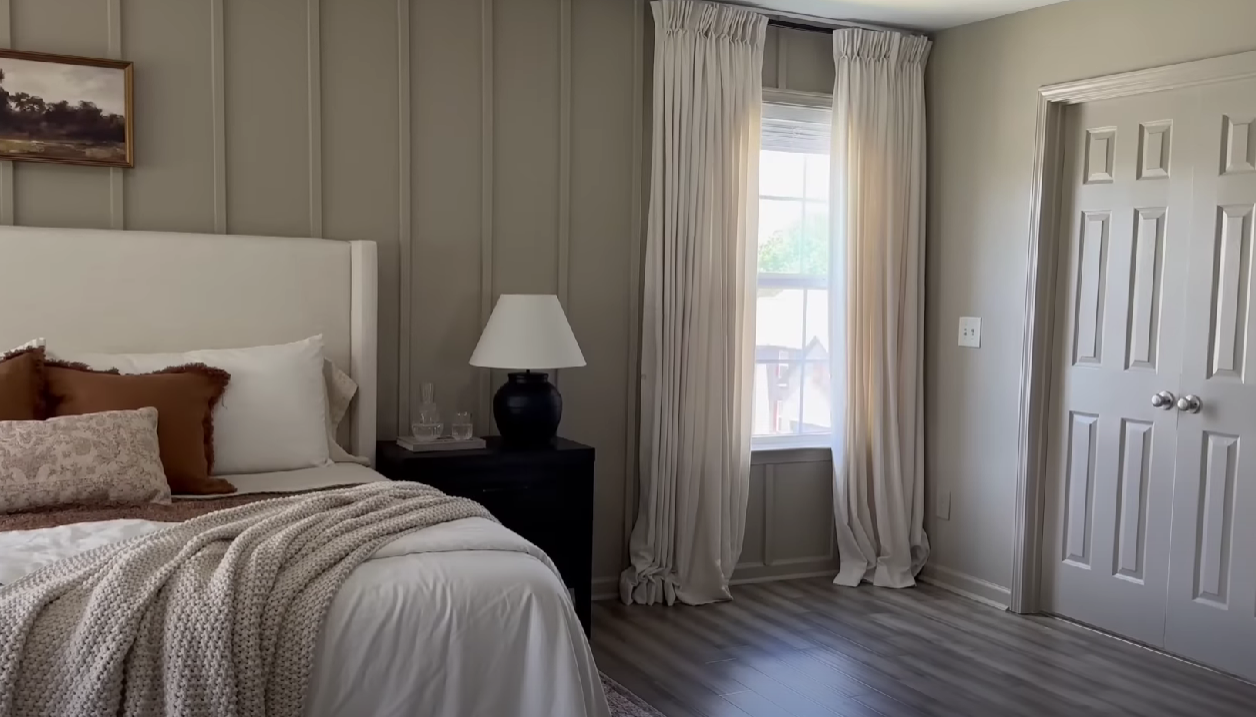
Factors That Affect the Costs of Furnishing a House
When it comes to furnishing a house, numerous factors can significantly influence the overall cost. Whether you’re looking to create a cozy living room, a functional dining space, a comfortable master bedroom, or additional rooms with specific purposes, each area comes with its own set of considerations.
Below are the various cost factors associated with furnishing a house, providing valuable insights to help you make informed decisions and budget effectively.
Room Type and Purpose
The first and foremost factor that influences furnishing costs is the type of room and its intended purpose. Different rooms serve different functions, and their furnishing requirements can vary widely.
For instance, furnishing a living room may cost more than furnishing a home office due to the need for comfortable seating, entertainment systems, and decor in the former, while the latter may prioritize functional workspaces and ergonomic furniture.
Room Size and Layout
The size and layout of a room also play a crucial role in determining furnishing costs. Larger rooms require more furniture and decor, which can lead to higher expenses. Additionally, complex layouts or unique architectural features may necessitate custom or specialized furnishings, further impacting the budget.
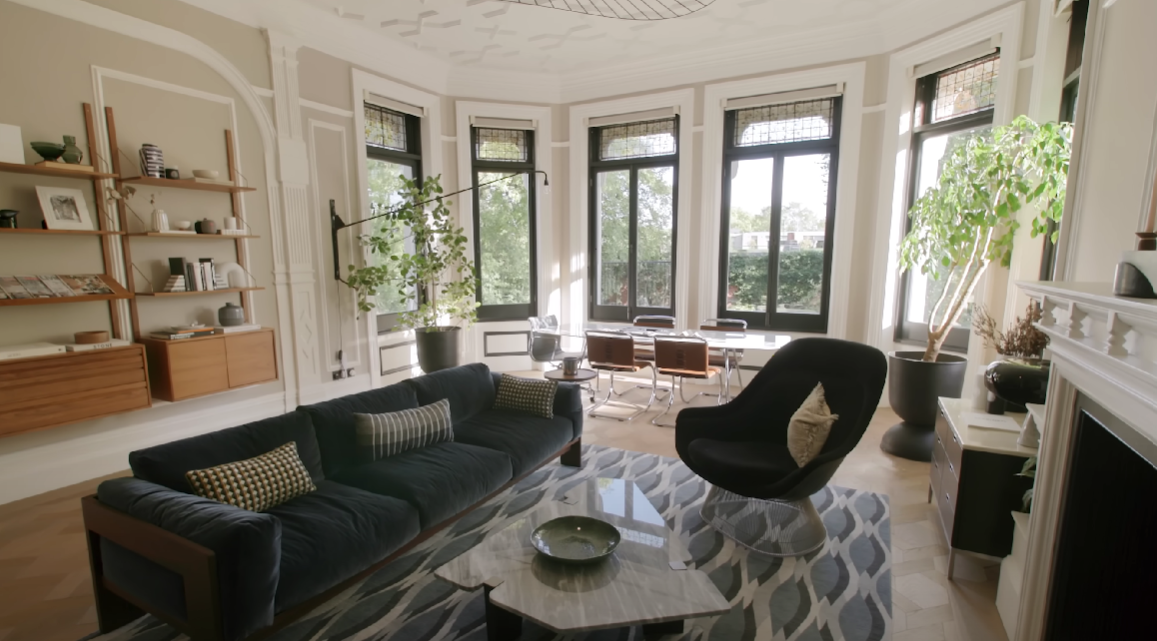
Quality and Material Choices
The quality of the furniture and materials you choose can significantly affect the cost of furnishing your house. High-quality, durable materials and well-crafted furniture often come at a premium price.
However, they can offer longevity and a more polished look. On the other hand, budget-friendly options may require more frequent replacements, potentially costing more in the long run.
Personal Style and Aesthetic Preferences
Your personal style and aesthetic preferences are integral to the furnishing process. Whether you lean towards minimalist, traditional, modern, or eclectic design, your choices in furniture, color schemes, and decor will impact the overall cost.
Unique or custom-designed items that align with your specific taste may come with a higher price tag.
Brand and Retailer Selection
The choice of brands and retailers from which you purchase your furnishings can also influence costs.
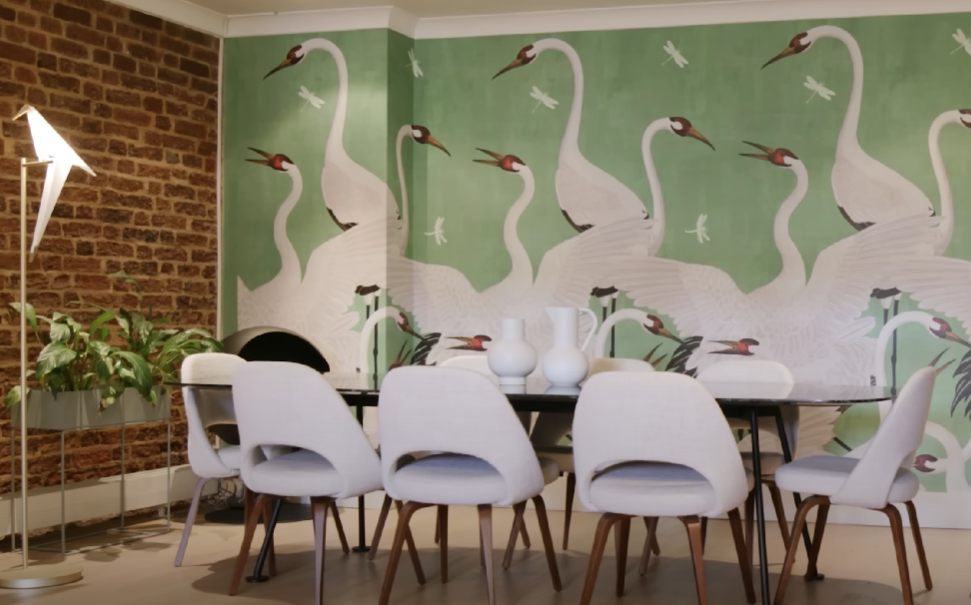
High-end designer brands and specialty stores often command premium prices, while budget-friendly options from mass-market retailers or online outlets can offer more affordable alternatives. Shopping around and comparing prices is essential to find the best value for your budget.
DIY Versus Professional Installation
Another cost factor to consider is whether you plan to assemble and install the furniture yourself or hire professionals for the job. Although DIY can save on labor costs, it will entail more time and effort and could lead you to make mistakes, which means additional expenses.
Hiring professionals ensures a hassle-free installation but comes with added service fees.
Number of Rooms
The size and layout of your house, including the number of rooms you intend to furnish, will directly impact your overall budget. Furnishing multiple rooms, such as living rooms, dining areas, bedrooms, and home offices, will naturally increase your expenses.
Prioritizing rooms based on immediate needs and budget constraints can help manage costs effectively.
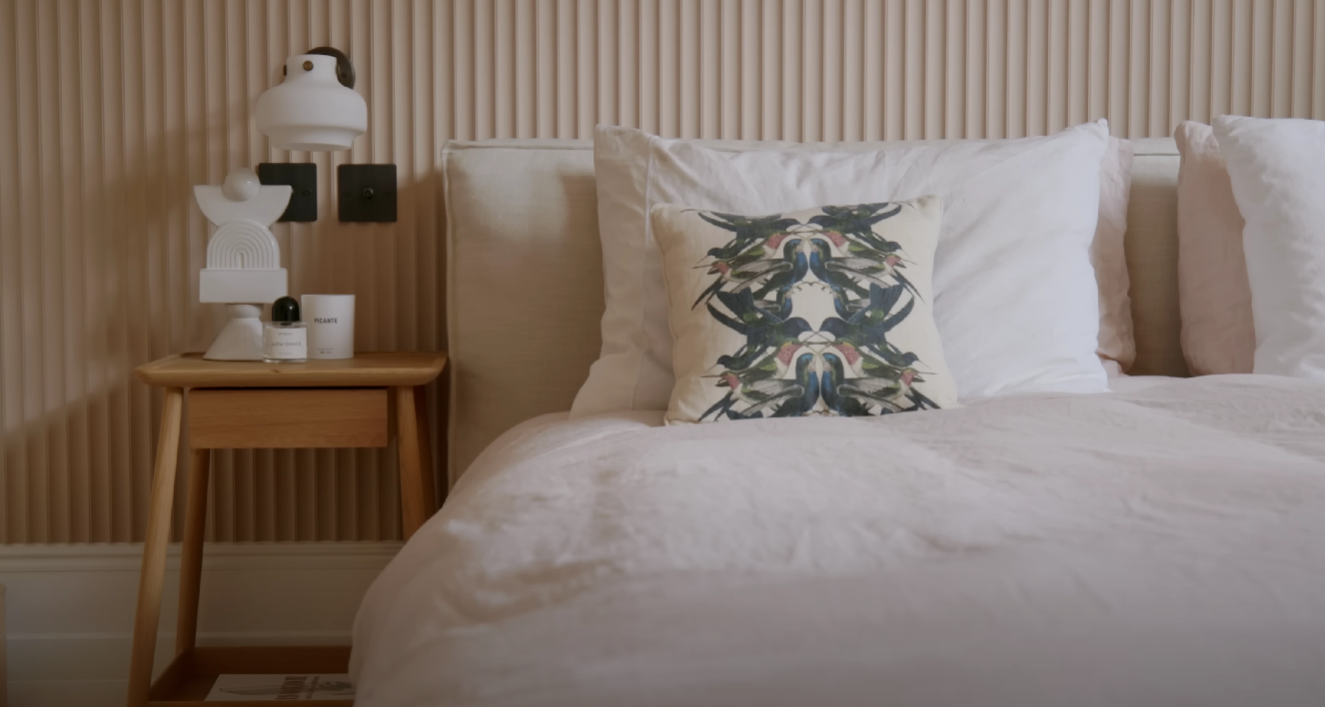
Specialized Needs and Accessories
Certain rooms may have specialized needs or require specific accessories, such as a home theater setup, custom storage solutions, or high-end lighting fixtures. These unique requirements can add to the overall cost, so it’s essential to factor them into your budget planning.
Timeframe and Discounts
The timeframe in which you plan to furnish your house can also influence costs. Rushed purchases often lead to higher expenses, as you may not have the opportunity to wait for sales or discounts.
Shopping during promotional periods, clearance sales, or taking advantage of seasonal discounts can help you save on furnishing expenses.
Maintenance and Long-term Costs
Beyond the initial purchase, it’s crucial to consider the long-term costs associated with maintaining and caring for your furnishings. High-maintenance materials or delicate fabrics may require more frequent cleaning and upkeep, which can add to your ongoing expenses.
What Items Are Considered Furnishings?
Furnishings refer to the various items and accessories used to decorate and equip a living space to make it functional, comfortable, and aesthetically pleasing. These items can vary depending on the room and its purpose.

How Can You Save Money on Home Furnishings?
Furnishing your home doesn’t have to break the bank. With careful planning and savvy shopping, you can save money on home furnishings while still creating a stylish and comfortable living space. Here are some practical tips to help you cut costs:
Set a Budget
Begin by establishing a clear budget for your furnishing project. Knowing your spending limits will help you make informed choices and avoid overspending.
Prioritize Essentials
Identify the must-have items for each room before considering decorative pieces. Focus on essential furniture like sofas, beds, and dining tables first.
Shop Sales and Clearance
Keep an eye out for sales, clearance events, and seasonal discounts at furniture stores. These offer excellent opportunities to score quality furnishings at reduced prices.
Consider Second Hand
Explore thrift stores, consignment shops, and online marketplaces for gently used furniture. You can find unique pieces at a fraction of the cost of new ones.

DIY and Refurbish
Get creative by repurposing or refurbishing old furniture. A fresh coat of paint, new hardware, or simple upholstery changes can breathe new life into existing items.
Compare Prices
Don’t settle for the first option you find. Compare prices across different retailers and online stores to ensure you’re getting the best deal.
Wait for Promotions
Some retailers have predictable promotional periods, such as holiday sales or back-to-school discounts. Patience can pay off when you wait for these offers.
Use Coupons and Discounts
Look for manufacturer coupons [1], online discount codes, or loyalty programs that can provide extra savings.
Buy Multifunctional Furniture
Invest in furniture with multiple functions, like sofa beds or storage ottomans, to maximize utility in smaller spaces.
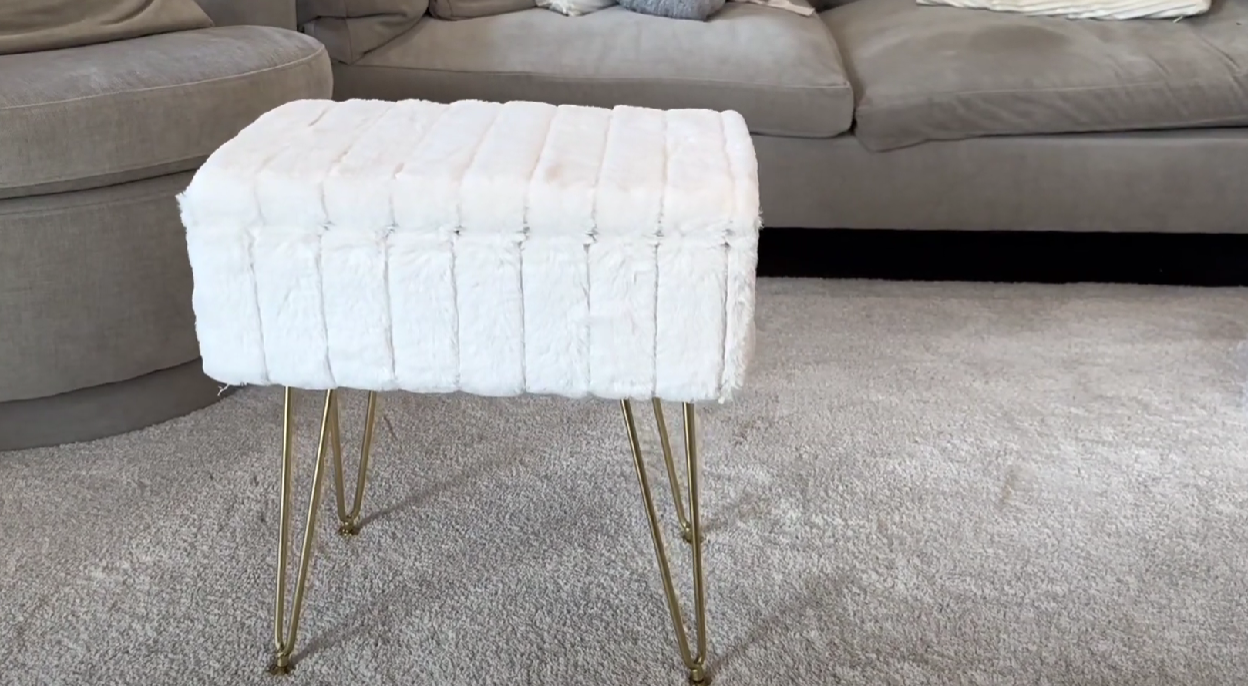
Avoid Impulse Buys
Stick to your shopping list and avoid impulsive purchases that can derail your budget.
Conclusion
The cost of furnishing a house varies widely based on factors like room type, size, quality, and personal preferences. Careful planning and budgeting are essential to strike the right balance between comfort, style, and affordability.

